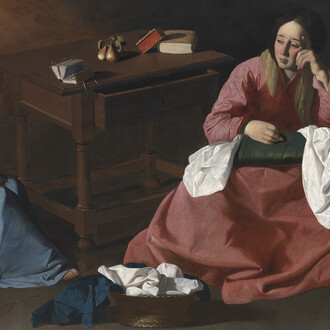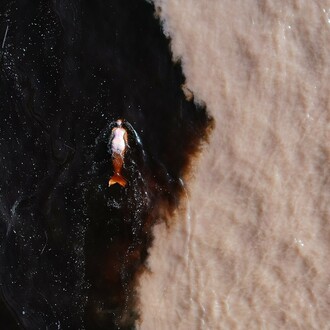arebyte Gallery are pleased to announce Best Effort Network, a series of new and re-made works from 2013 - 2020 by 90’s net art pioneer Olia Lialina. The exhibition comprises Summer (2013), Best Effort Network (2015/2020), and Hosted (2020). This exhibition will be Olia’s first solo presentation in London.
Spanning more than 25 years, Olia Lialina’s work has made her an important voice in new media art and theory. Often gestural and illustrative, her works address the systematic nature of the Internet through manifestations of intimacy between hardware, software and human mediation. In addition to working solely, direct and ancillary collaborative efforts with other artists, websites and browsers are brought into play to reveal the complex networks of data flow.
Creating links between the physical body and the virtual space, Olia presents herself in constructed online spaces through her ongoing Network Portraits series and GIF models. In Summer (2013) and Best Effort Network (2015), accessing and revealing the underlying codes and protocols of developers. While an adoption of experimental cinematic methodology, employing what media theorist Lev Manovich has characterized as spatial and temporal montage, is seen in her user-generated “netfilm” My Boyfriend Came Back From The War (1996) and user-generated story Agatha Appears (1997).
Positioning browsers, hyperlinks, HTML tags, GIFs, (amongst many other things) as spaces for art, Olia Lialina dissects the language surrounding online culture and production by using the Internet as a medium for artistic intervention and storytelling. The inherent entanglements of the Internet landscape are brought into the work. The presentation of these underlying elements, prevalent in working with the Web as a medium, are shown in various ways, and in part explore the architecture of the Internet through IP networks and the movement of data from server to server.
If something is in the net it should speak in net language.
Internet Protocol (IP) networks are often described as ‘best effort’ networks, meaning the way the network processes data does not discriminate as to what that data is; ie, the network gives its ‘best effort’ to deliver every package of data as quickly as it can. However, it does not guarantee that full packets will be delivered, or that it will treat important financial data any differently to data of a meme. All data is therefore homogenised within the network. Best Effort Network (2015/ 2020) refers to the way data packets find their way to a destination. This process is hidden and so we rarely see how packets are sometimes lost, bounced back, resent or received (or not). The work makes this process more tangible: Olia spins round and round on the carousel and if she disappears it means the website (best.effort.network) has been loaded on a different browser on a different screen. Olia will reappear when the request reaches the top of the queue of waiting browsers.
Best Effort Network utilises a “best effort network” and so doesn’t provide any guarantee that data is delivered as expected or that the delivery meets any metric of quality: a comment on the parallels between the relinquishing of responsibility within the worlds of politics, social networks and consumerism once a product, post or policy is out of the hands of the maker. During the run of the exhibition more locations will join the packet switching experiment: Best Effort Network will be on display at HeK (Basel), The Photographers’ Gallery (London), the Open Data Institute (London) and Birmingham Open Media (Birmingham).
In the animated piece Summer (2013) we see the artist swinging back and forth, infinitely looped, basking in bright sunlight. Cut out against a gradient background of blue and white, the swing is hung from the browser’s location bar. The animation’s eighteen still images are located on twenty-six different websites, with each site redirecting the browser from one server to the next, displaying the images in sequence and thus creating a cross-domain animation. The work is literally scattered across the internet, making it impossible to watch offline. The speed and rhythm of the image sequence, the animation itself, depends on internet infrastructure. It is the most fragile GIF on the internet; just one node down will result in breaking the work.
I like to swing on the location bar of the browser, and I like to know that the speed of swinging depends on the connection speed, and that you can’t watch this GIF offline.
The new work, Hosted (2020) is about the loss of control but also about regaining it. When users are only allowed to upload photos into storage "buckets" of global companies, the browser itself becomes the place where they can make things be as intended, at least partially, by switching the tabs of the browser.
















